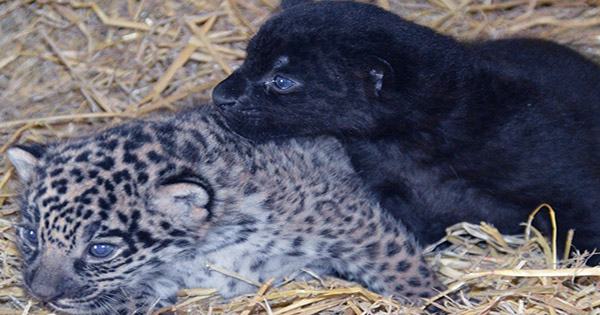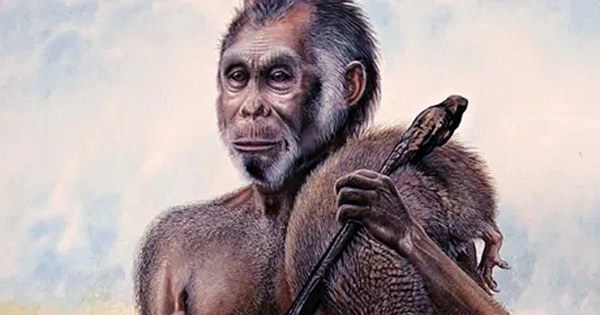People are always changing the world. We cultivate vegetables and animals, burn down fields, and convert forests into farms. Humans, however, do more than just engineer our outward worlds; we also engineer our thoughts and our internal worlds.
By enhancing our mind “software,” so to speak, with myths, religion, philosophy, and psychology, we can achieve this, among other things. The other is to alter our brains, which serve as our mental hardware. We use chemistry to accomplish it.
To change how we perceive the world, humans use thousands of psychotropic substances today. Many come from fungus and plants, while others are made by ourselves. Some substances, like alcohol and opioids, reduce alertness while others, like coffee and tea, boost it. Psychedelics change reality, while psychiatric medicines modify mood.
We use chemicals recreationally, socially, medicinally, and ritualistically to change our brain chemistry for a variety of reasons. There is little evidence that wild animals consume fermented fruit, but scant proof that they consume hallucinogenic plants. We are uncommon animals in that we enjoy being inebriated and high. However, how, when, and why did it all begin?
High on life in the Pleistocene: Given how much we enjoy using drugs and alcohol, you might think that being wasted is a long-standing, even prehistoric, habit. According to some academics, ancient cave paintings were created by people who were in altered states of consciousness. Others contend that drugs were the catalyst for the development of human awareness, maybe motivated more by hallucinogens than by concrete proof. However, there is surprisingly little archeological proof of drug use in the distant past.
African hunter-gatherers like the Hadzabe, Pygmies, and Bushmen probably lead lifestyles that are comparable to those of pre-human tribes. The potentially hallucinogenic plant!kaishe, which is consumed by Bushmen healers and is said to cause users to “go insane for a bit,” is the most convincing evidence for the usage of drugs by such early humans. However, the extent of drug usage among Bushmen in the past has been disputed, and there isn’t much further evidence of drug use among hunter-gatherers.
The inference is that early people only sometimes, if at all, utilized drugs, maybe to produce trances during ceremonies, despite the diversity of plants and fungi found in Africa. They may not have needed to escape very often because of their way of living. Exercise, sunlight, time outside, and spending time with loved ones are all effective antidepressants. Similar to how you shouldn’t drive after drinking, it’s perilous to use drugs while lions are hiding in the bush or a hostile tribe is waiting in the next valley.
Out of Africa: Humans first left Africa 100,000 years ago, and throughout that time they discovered new areas and substances. The opium poppy was first identified in the Mediterranean, followed by cannabis and tea in Asia.
Beyond Africa, numerous medications have been found. given by Nicholas Longrich/Wikimedia/Google Earth
Researchers have discovered evidence of opium use in Europe as early as 5,700 BC. In Asia, cannabis seeds have been found in archaeological investigations dating back as 8,100 BC, and the Greek historian Herodotus wrote of Scythians using marijuana in 450 BC. By 100 BC, tea was being brewed in China.
Before the archaeological data would suggest, it’s probable that our ancestors experimented with drugs. Plants and chemicals degrade quickly, whereas stones and pottery last a long time. Neanderthals might have been the first people to consume marijuana, for all we know. However, archaeology indicates that the widespread use of psychotropic chemicals began much later, after the Neolithic Revolution of 10,000 BC, when humankind first developed agriculture and civilization.
The American psychonauts: Hunters discovered a chemical treasure trove when they crossed the Bering Land Bridge into Alaska and headed south 30,000 years ago. The hunters found tobacco, coca, and maté in this area. However, for some reason, Native Americans were particularly entranced by psychedelics.
Peyote, San Pedro, morning glory, Datura, Salvia, Anadenanthera, Ayahuasca, and more than 20 different varieties of hallucinogenic mushrooms were among the American psychedelics. It was like a Burning Man before Columbus. Native Americans also developed the nasal delivery of hallucinogens and tobacco. They invented the practice of snorting narcotics, which Europeans eventually adopted.
This psychedelic movement in America has a long history. Peyote buttons have been carbon-dated to 4,000 BC, while 500 BC Psilocybe use is suggested by Mexican mushroom statues. Cocaine, Anadenanthera, and ayahuasca were found in a 1,000-year-old stockpile discovered in Bolivia, and it must have been one hell of a trip.
Inventing alcohol: The development of agriculture, which allowed for the production of alcohol, marked a significant milestone in the history of vice. There was an excess of sugars and carbohydrates, which when mashed and allowed to ferment, produced strong drinks.
Alcohol was independently created by humans numerous times. The earliest alcohol was found in China around 7,000 BC. In the Caucasus, wine was first fermented in 6,000 BC, and Sumerians first produced beer in 3,000 BC. The same agave plants that are used to make tequila today were used by the Aztecs to make pulque, and the Incas brewed chicha, a corn beer.
While in America psychedelics appear to have been particularly essential, Eurasian and African civilisations seem to have favoured alcohol. Plato’s Symposium and the Last Supper provided wine, which was an essential part of ancient Greek and Roman culture. Wine is still used in Jewish Seder and Christian communion rites today.
Civilisation and intoxication: According to archaeology, alcohol and narcotics have been around since the dawn of agriculture millennia ago. However, there is little proof that early hunters and gatherers employed them. That means that agricultural societies encouraged drug usage, as did the civilizations they gave rise to. Yet why?
It’s likely that advanced civilizations just spur innovation across the board, including in fields like metals, textiles, ceramics, and psychotropic compounds. Perhaps drugs and alcohol also contributed to the development of civilization since they make us more productive, boost creativity, and allow us to socialize. Additionally, a city might really be a safer place to get high or drunk than a savannah.
A more sinister view is that the usage of psychoactive drugs evolved in response to the problems of civilization. Large civilizations produce big issues that people are largely powerless to combat, such as wars, diseases, and economic and power disparities. Perhaps folks changed their thoughts when they realized they couldn’t change their situations.
It’s a challenging issue. I feel like I should go get a beer just thinking about it. The Discussion
Nicholas R. Longrich, a senior lecturer at the University of Bath in evolutionary biology and paleontology
A Creative Commons license has been used to republish this article from The Conversation. Check out the original article.
















